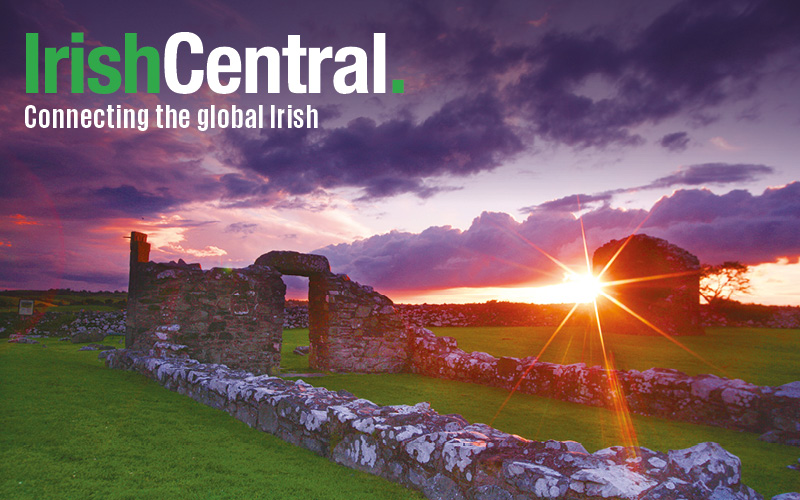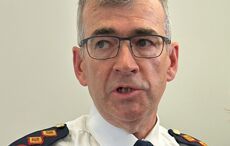Preliminary excavations commenced last week at the site of the former mother and baby home in Tuam, County Galway.
The new tests were requested by the Irish Commission of Investigation into Mother and Baby Homes, which is investigating the death and burial of up to 800 babies who died at the home, after their death certificates were discovered by local historian Catherine Corless.
Head of RTE’s investigative unit Philip Boucher-Hayes, who is on the ground at the dig, reported that there was no sense of drama surrounding it despite the international coverage the story has garnered.
Read all the latest news on the Tuam mother and baby homes case
Instead, tall plywood hoardings have been erected around the reputed burial site, discreetly obscuring the dig going on inside. Boucher-Hayes reports that he counted four or five men digging, with assistance from a mini digger onsite, and a forensic archaeologist.
The question is, what will they find? Are there indeed human remains there? And if there are not, where are the estimated 796 babies whose deaths were recorded?
There are far too many credible local reports about the presence of bones for there not to have been bodies buried there at some point, Boucher-Hayes added.
One local man, Franny Hopkins, uncovered one reputed burial place with his friend Barry Sweeny when the pair were looking for apples in 1975. They climbed a wall and arrived at the abandoned site, where they soon lifted a concrete lid that uncovered a hole they say was filled with human remains.
Read more: Neglect and death of 800 kids in Galway happened in plain sight
Asked if the excavation group were digging in the right place to see what he had seen forty one years ago Hopkins replied that they were.
Asked how many bodies he saw he replied: “I wouldn’t be able to put a number on it, but there was quite a few. They did not look like they had been buried with ceremony.” They looked like they had been dumped there, he claimed.
Also in the mid 1970’s local woman Mary Moriarity was walking on the grounds of the former home when she says she fell into a hole on a different part of the original site. When she opened her eyes she discovered she was in a crypt, she said.
“I was just trying to get my bearings. I understood it was a crypt. There were quite a lot of babies wrapped up in swaddling cloth. I didn’t see the whole of the place. There was quite a lot of levels to it. There were three or four levels from the ground to the roof that was filled with those parcels. They were little parcels set on shelves.”
Asked if there was at least a hundred of these parcels, she said yes adding that she never realized there could be so many more.
The Commission of Investigation must now consider a range of possibilities, Boucher-Hayes says. The first one is that there are no bones there because there never were, or that over the years they may have decomposed to the point where they are no longer traceable, or that there are bones but they’re from the Great Hunger period and they’re from the workhouse that was there before the place became a mother and baby home.
Finally there is the possibility that the bones of all 796 babies are located on the site as their death certs make clear.
“We know there are burials there,” Catherine Corless, the local historian, told Boucher-Hayes. “Bones don’t disappear over 50 years. It is a little bit scary, a little bit frightening, that it has come to this, to think they will unearth the infants, and it is emotional, but it's the right thing to do.”
Asked about her own attitude to the ongoing excavation, she replied: “I’m not worried. I came across all this evidence, I presented it to the Commission. I have no direct involvement, I just think it’s an awful injustice. I presented the evidence, hopefully the truth will find its own way out.”
“Most of the relatives want to acknowledge it and show some reverence for the little bodies,” she added, underlining the significance of the project to the community and surviving relatives.
Corless then revealed she had received a call from an anonymous woman in Dublin over the weekend who told her, “This is thanks to your work. I was in that home. Friday was my day.”
Friday was the day that news of the dig commencing was broadcast.




Comments